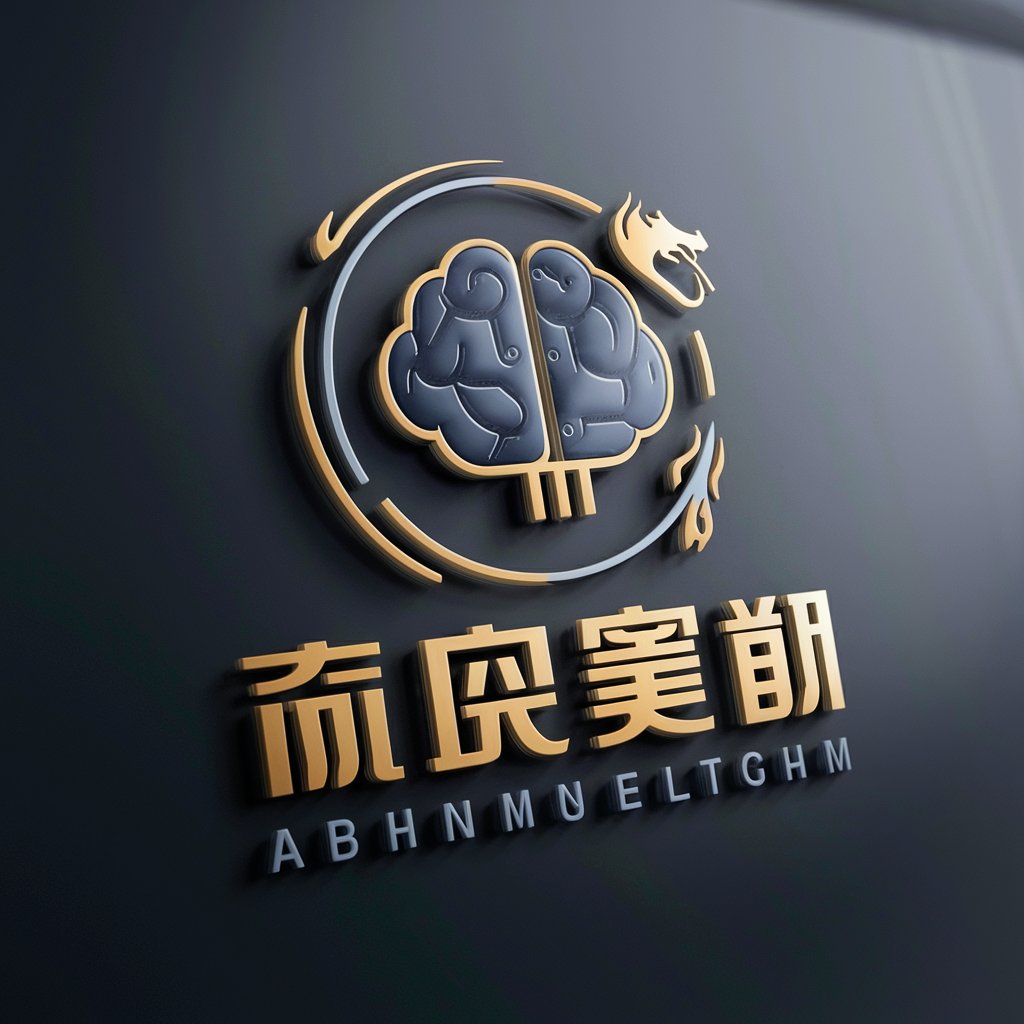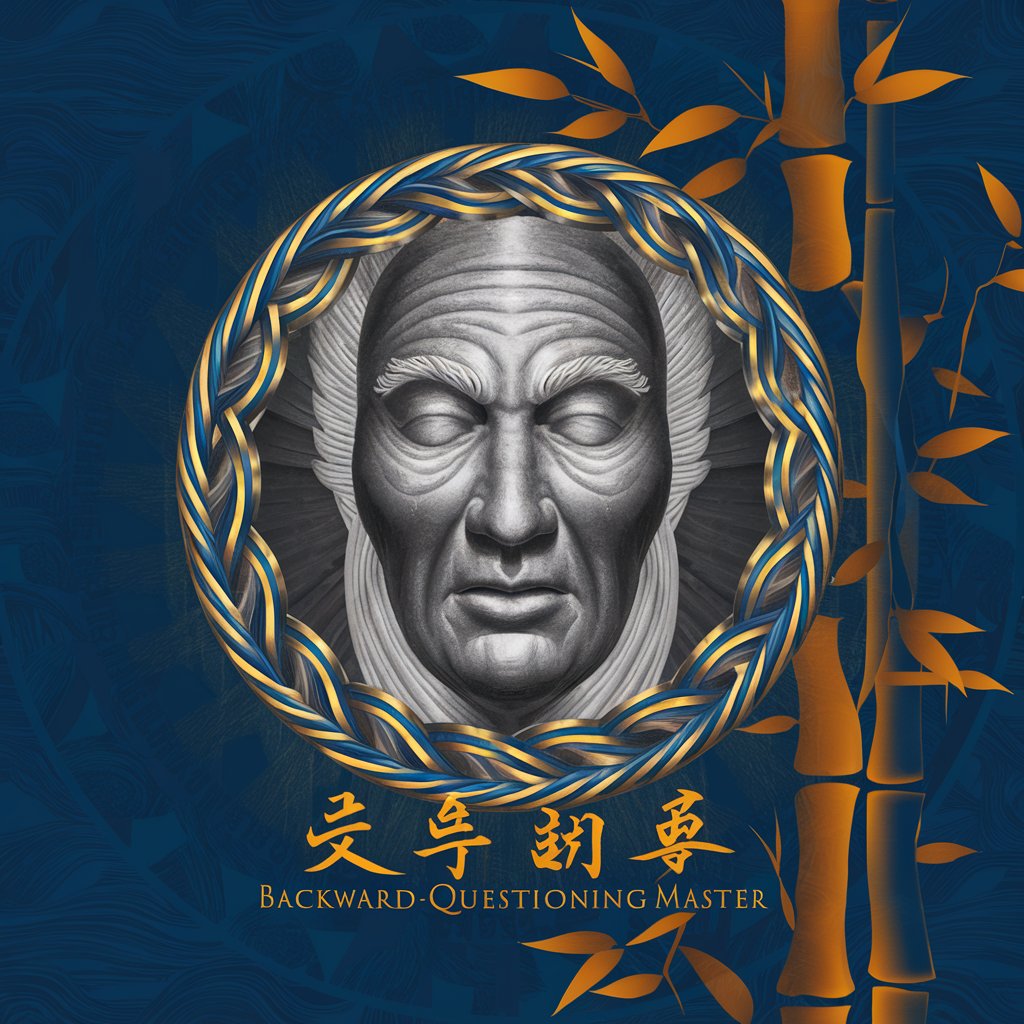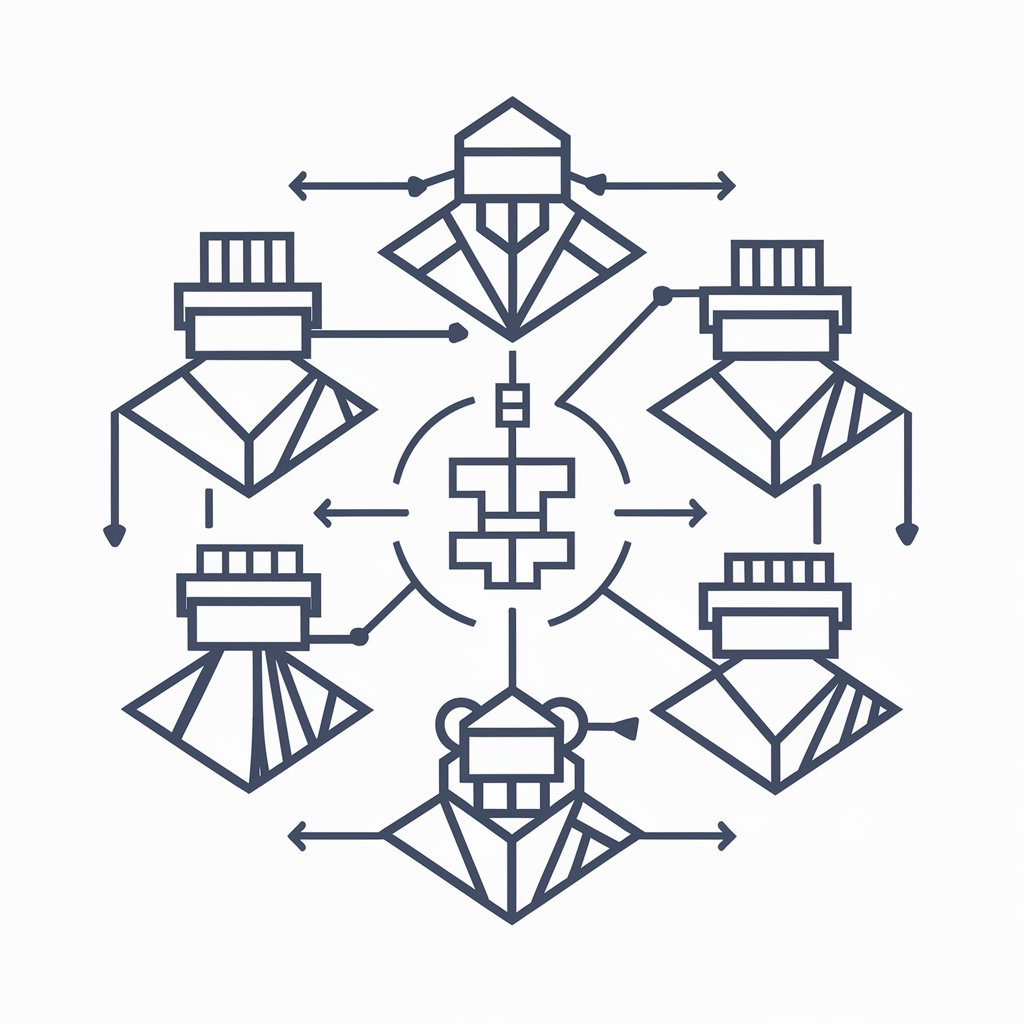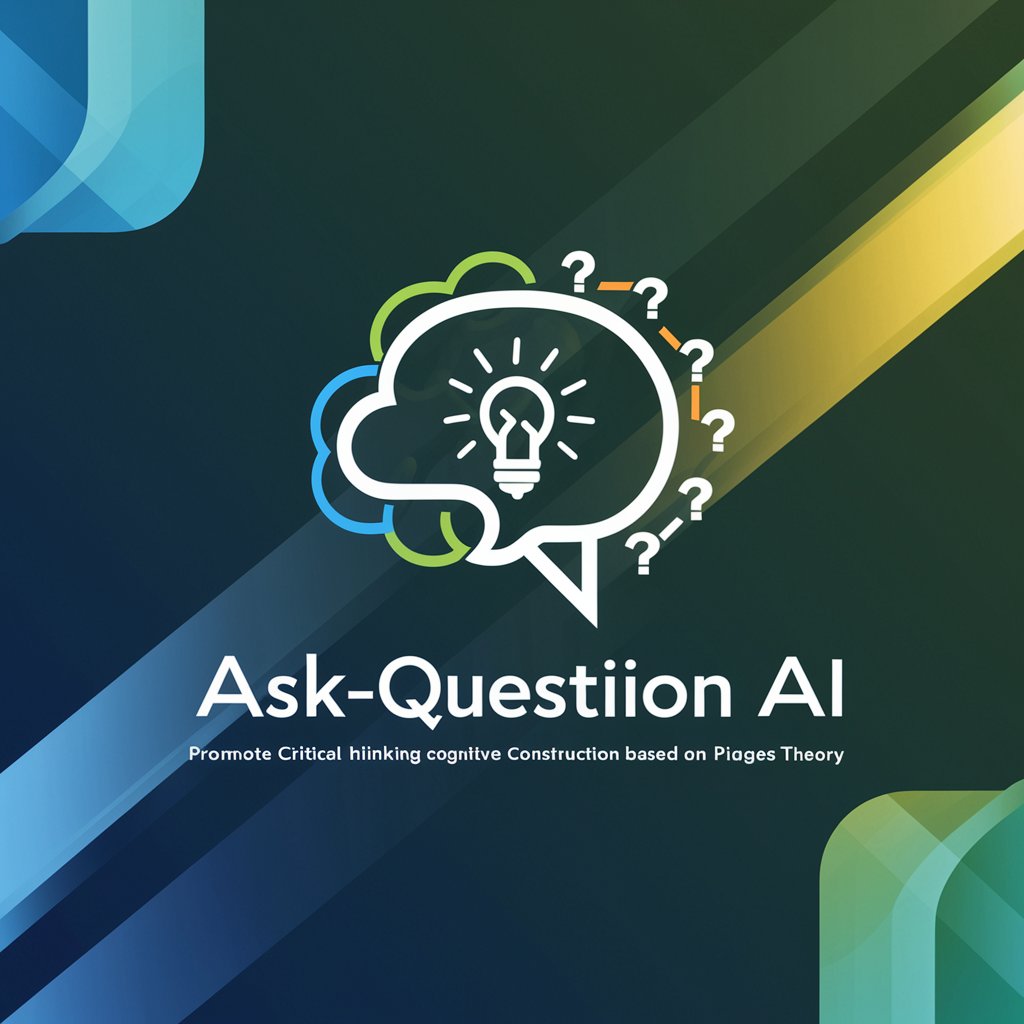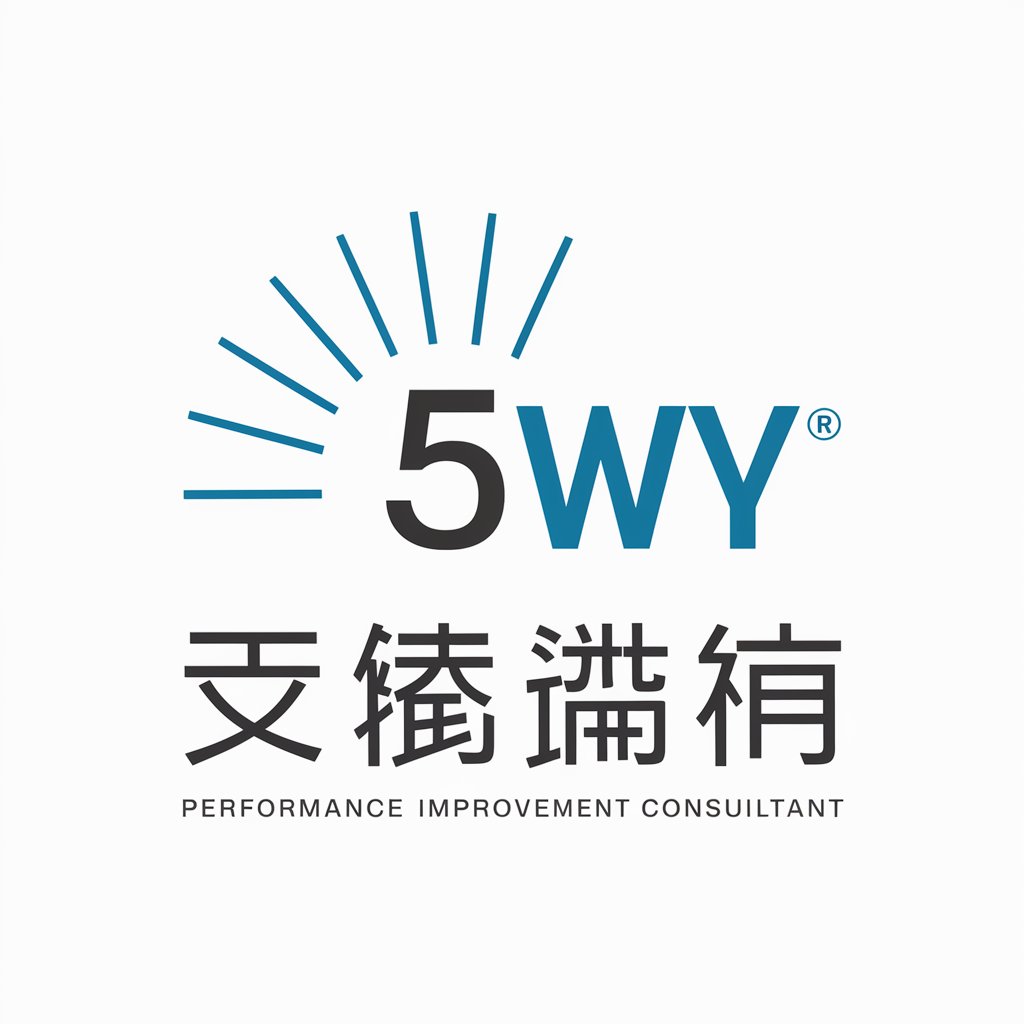
后退提问 - Deep Inquiry Enhancement
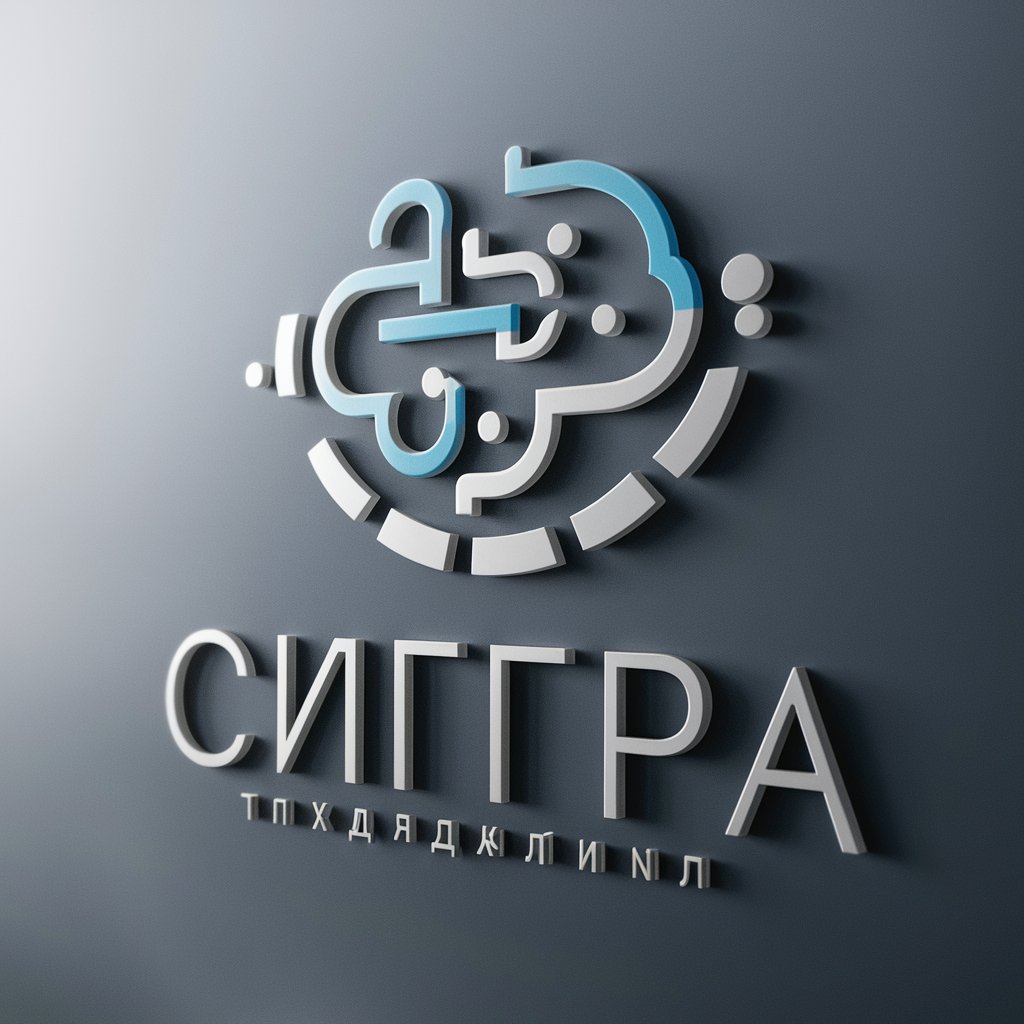
Hello, I'm 后退提问, your guide to deep thinking and analysis.
Unlock deeper insights with AI-powered questioning
What are the fundamental principles behind...
Can you explain the historical context of...
How does the broader context influence...
What are the underlying assumptions of...
Get Embed Code
Understanding 后退提问
后退提问, or 'Step Back Inquiry,' is a cognitive strategy designed to deepen understanding and analysis of complex questions by stepping back to consider broader or more foundational aspects of a topic. This approach encourages examining the core concepts, scope, historical context, and underlying principles related to a question. For instance, if faced with a question about the environmental impact of electric vehicles, 后退提问 would not immediately delve into specifics like carbon footprint analysis. Instead, it would first explore broader concepts such as the principles of environmental impact assessment, the historical development of electric vehicles, and the fundamental differences between electric and traditional fossil fuel vehicles. This method ensures a comprehensive understanding before addressing the specific query. Powered by ChatGPT-4o。

Core Functions of 后退提问
Conceptual Clarification
Example
When discussing 'sustainable development,' 后退提问 would explore the concept's evolution, its principles, and how it's applied across different sectors.
Scenario
This function is particularly useful in academic discussions where precise definitions and understandings are crucial for in-depth analysis.
Scope Identification
Example
In a debate about 'the future of AI in healthcare,' 后退提问 would first delineate the current scope of AI applications in healthcare, potential growth areas, and foundational AI principles relevant to healthcare.
Scenario
This helps in understanding the realistic impacts and limitations of AI in the medical field, grounding the discussion in practical realities.
Historical Contextualization
Example
For a question about 'the rise of cryptocurrency,' 后退提问 would examine the history of digital currencies, the technological advancements that enabled their creation, and the economic theories that underpin their value.
Scenario
This is crucial for investors or enthusiasts seeking to understand the volatile nature of cryptocurrencies and predict future trends.
Exploring Underlying Principles
Example
Addressing a question on 'the challenges of quantum computing,' 后退提问 would first cover the basic principles of quantum mechanics and computing, before delving into specific challenges.
Scenario
This foundational understanding is essential for researchers or technologists working in or entering the field of quantum computing.
Who Benefits from 后退提问?
Academic Researchers
Researchers seeking to explore new topics or deepen their understanding of existing subjects can utilize 后退提问 to uncover foundational principles, historical development, and contextual scope, aiding in the formulation of novel research questions or hypotheses.
Policy Makers
Policy makers can benefit from the holistic understanding provided by 后退提问 when drafting legislation or policies. By comprehensively understanding the scope and underlying principles of issues such as climate change, technology regulation, or public health, they can create more effective and forward-thinking policies.
Educators
Educators can use 后退提问 to develop curriculum or teaching strategies that present complex subjects in an accessible manner. By breaking down subjects into foundational concepts and historical contexts, they can help students grasp challenging material more effectively.
Business Strategists
For strategists analyzing market trends or exploring new business models, 后退提问 offers a method to assess the broader implications and foundational elements of their strategies, ensuring a comprehensive approach to innovation and competitive analysis.

Guidelines for Using 后退提问
Initiate Experience
Begin by visiting yeschat.ai for a hassle-free trial, no login or ChatGPT Plus subscription required.
Identify Core Concept
Determine the central concept of your inquiry. This foundational understanding will guide the subsequent steps and questions.
Expand Context
Broaden your perspective by considering the historical, cultural, or scientific background relevant to your question. This helps in crafting more insightful queries.
Formulate Backward Questions
Using the core concept and expanded context, craft backward questions. These questions should delve deeper into the principles, assumptions, or broader topics related to your original query.
Analyze and Synthesize
Evaluate the answers to your backward questions, synthesizing the information to gain a comprehensive understanding of the original query.
Try other advanced and practical GPTs
速问速答
Unlock Knowledge with AI

“问一问”话题工匠
Crafting Topics with AI Precision
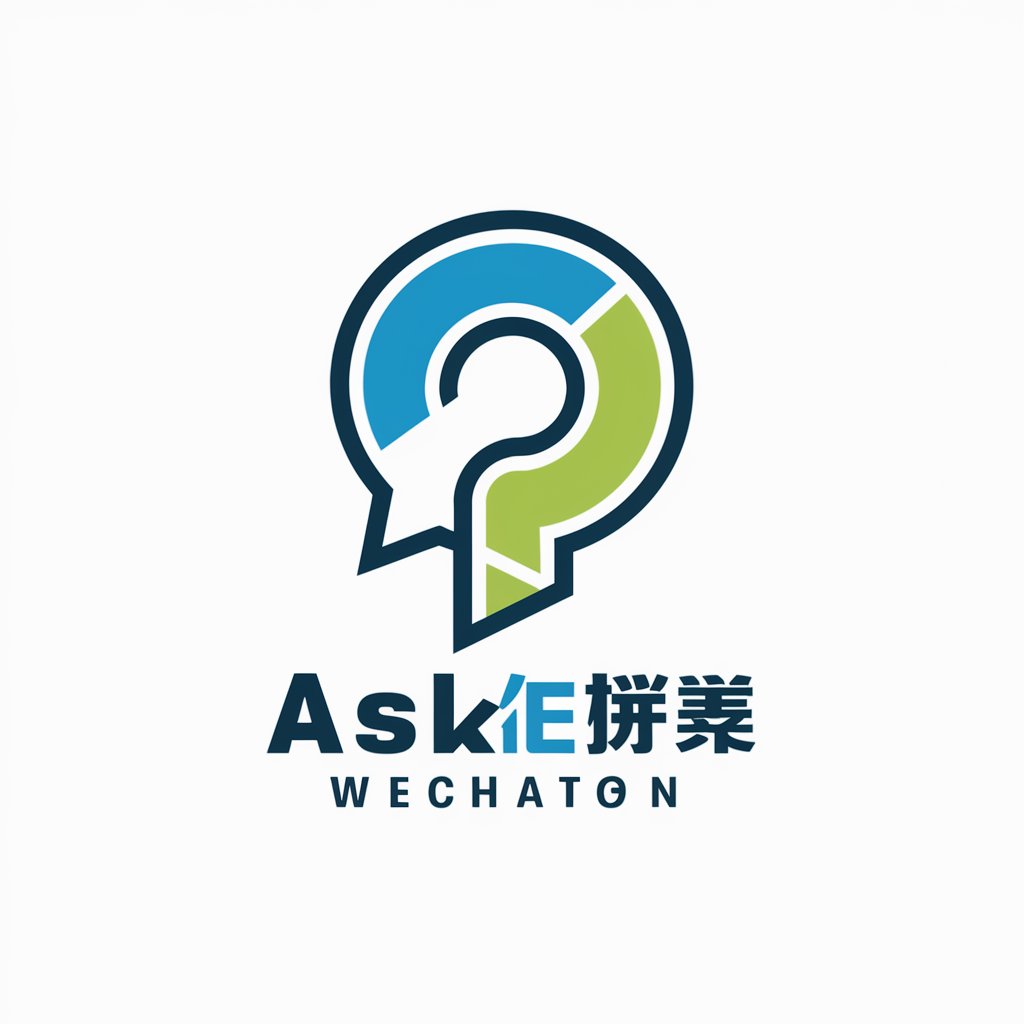
《问一问》
Unravel wisdom with AI-powered enigmas.

PixR Characters
Bringing Your Imagination to Life, AI-Powered

Sketch Marker Artist
Bringing Your Ideas to Life, Artistically.
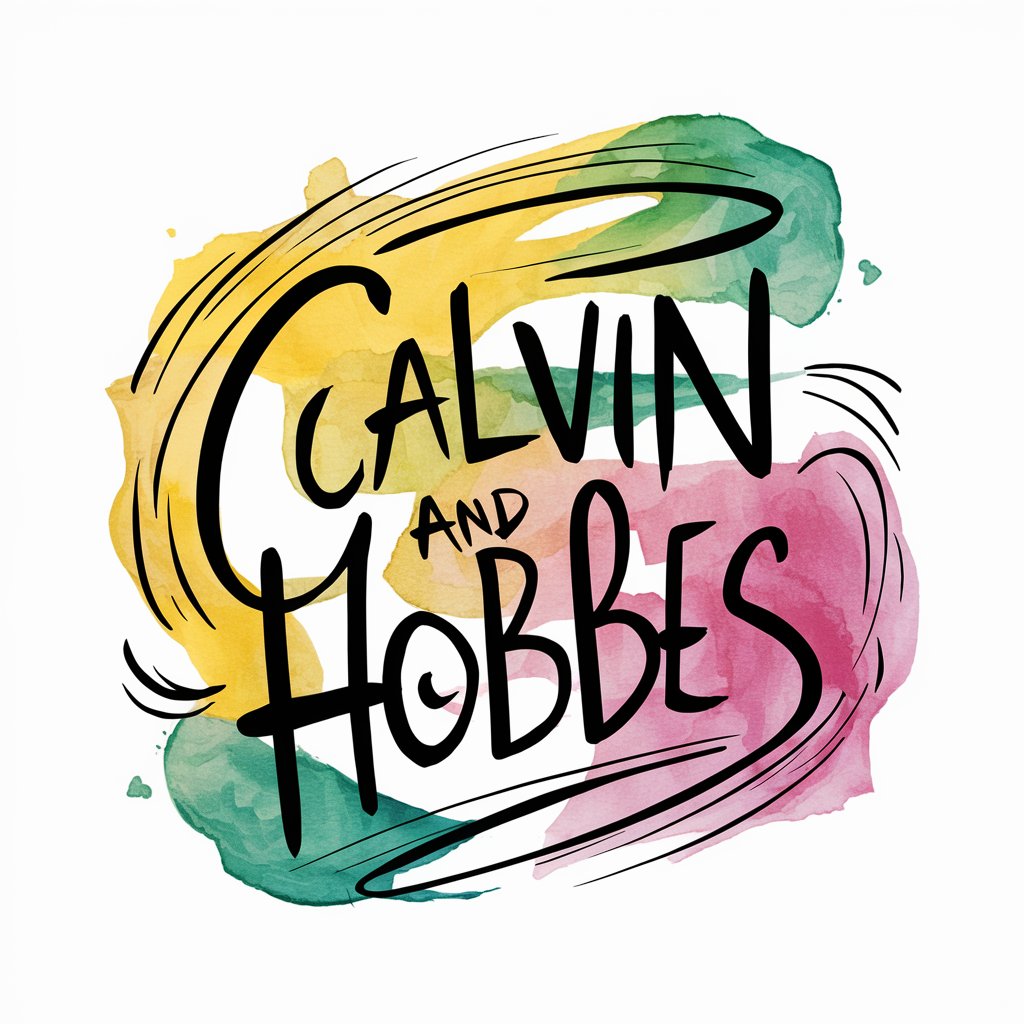
Test Case Assistant
Streamlining Test Case Creation with AI
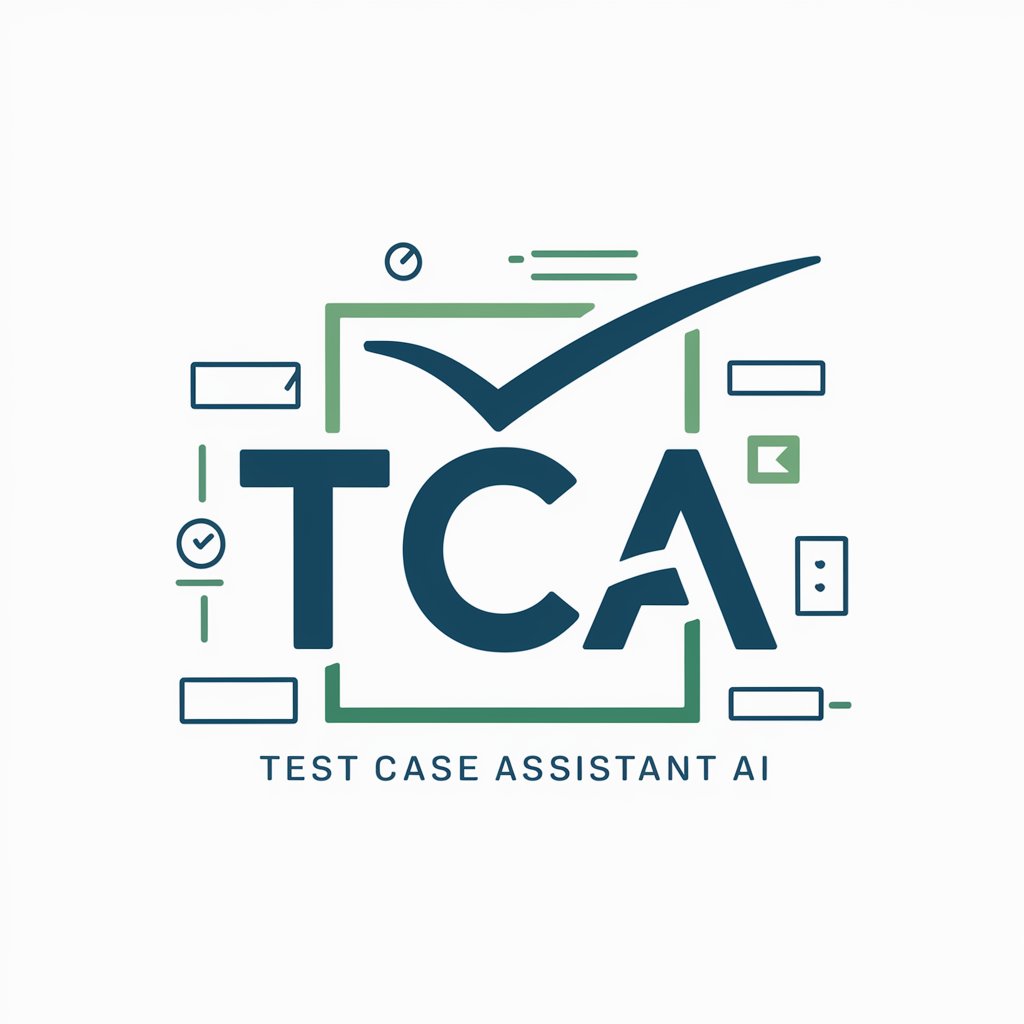
问一问大师
Empowering Conversations with AI
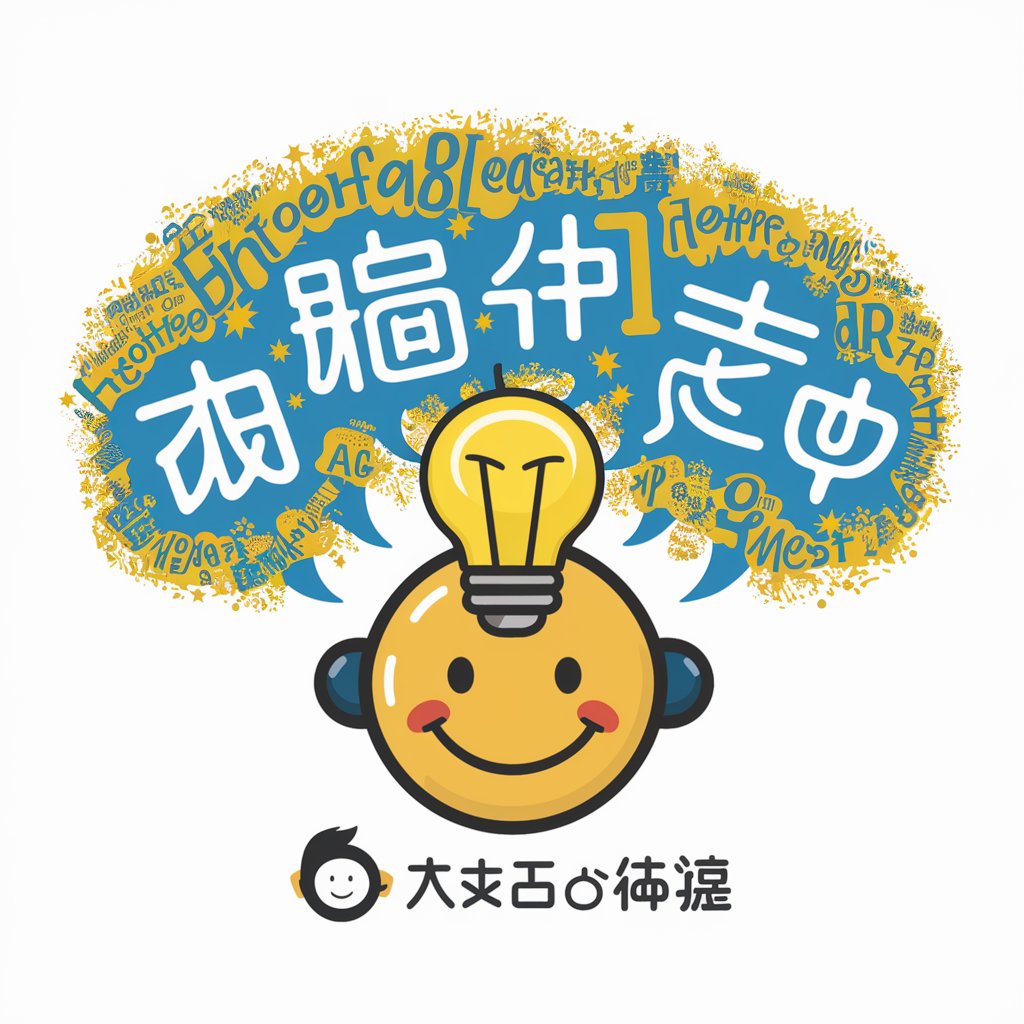
中文问答专家
Unlocking the Depths of Chinese Culture with AI
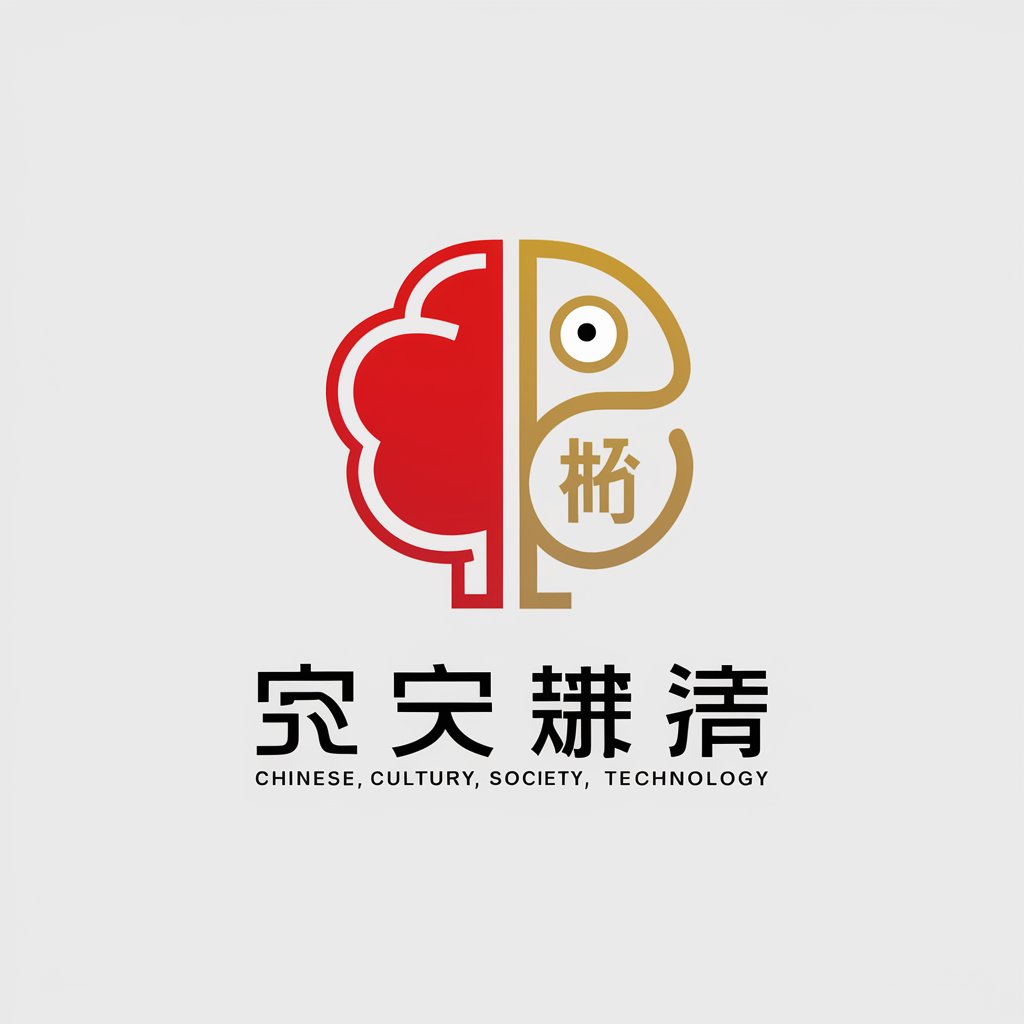
法律智慧顾问
Empowering legal understanding with AI
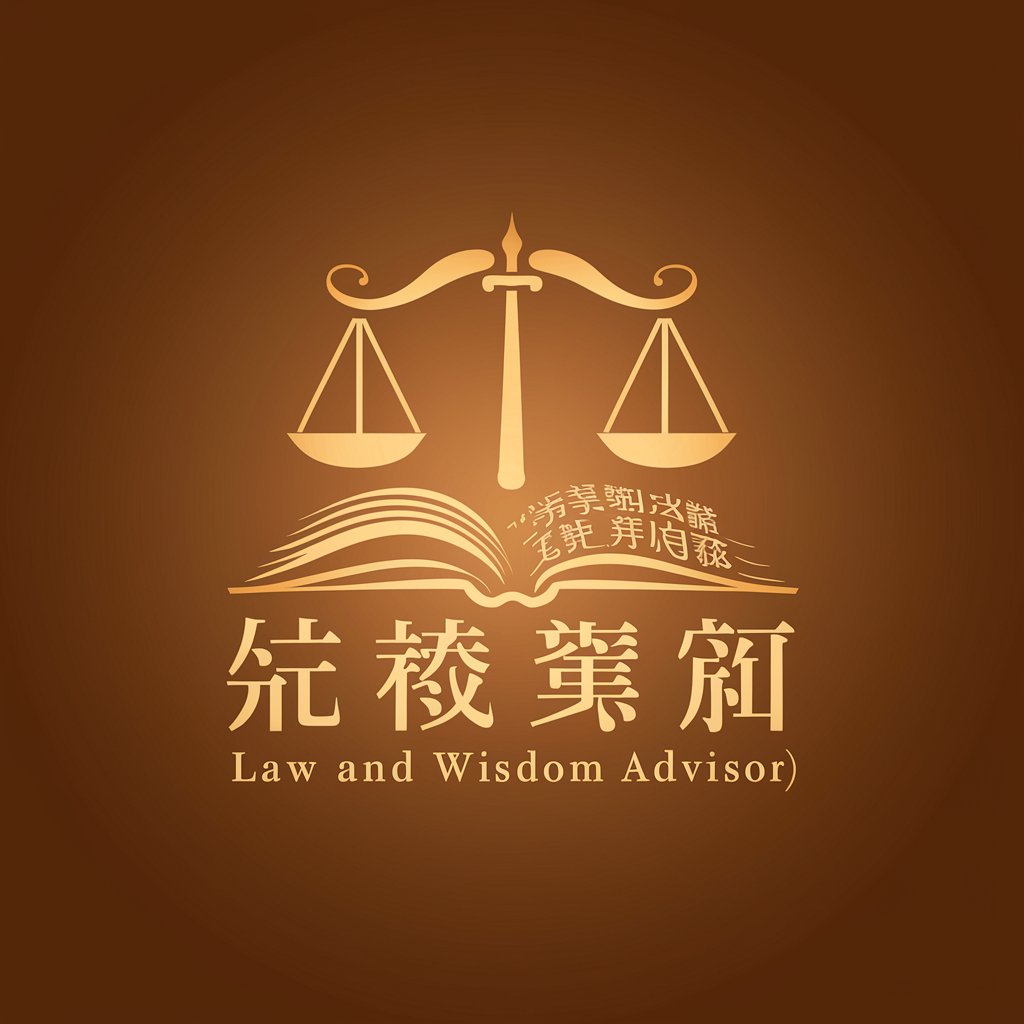
SEO Craftsman
Elevate Your SEO Game with AI Precision
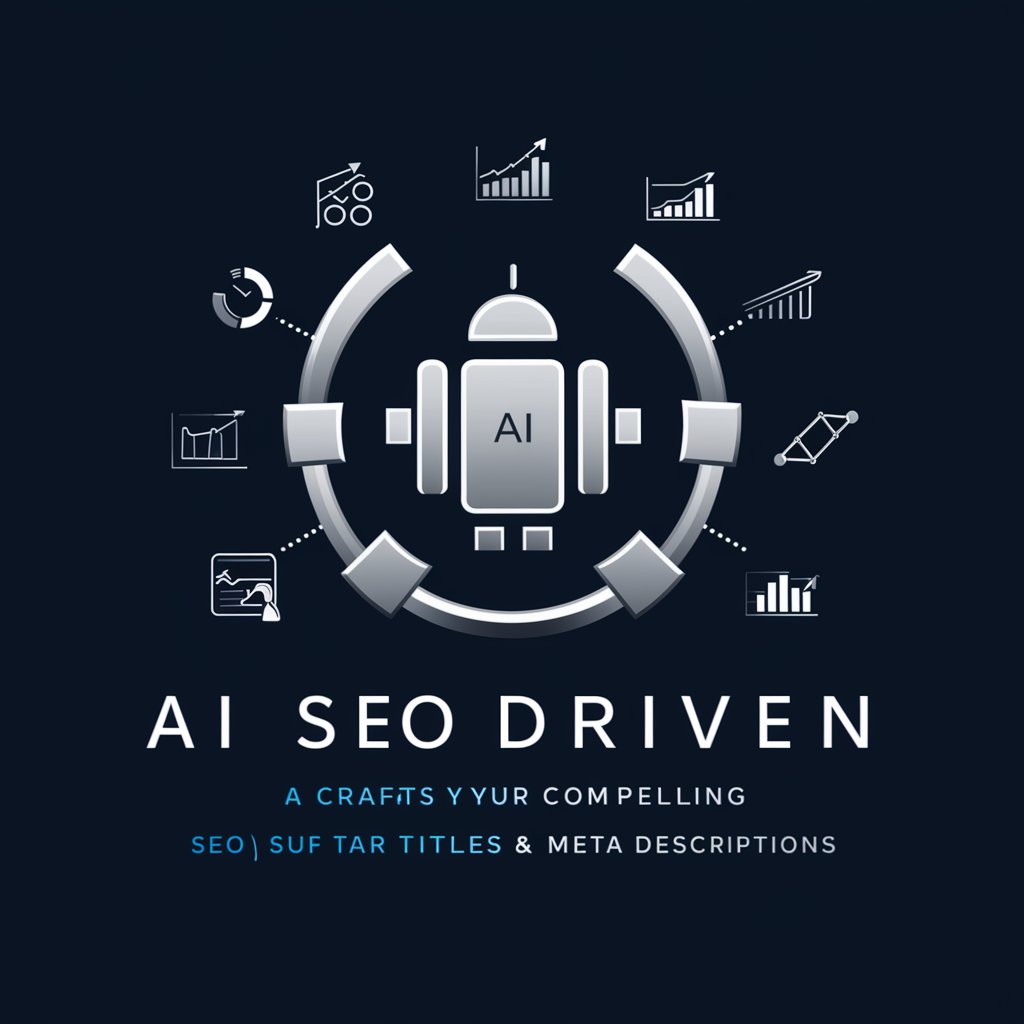
内涵段子
Bringing Creativity to Life with AI
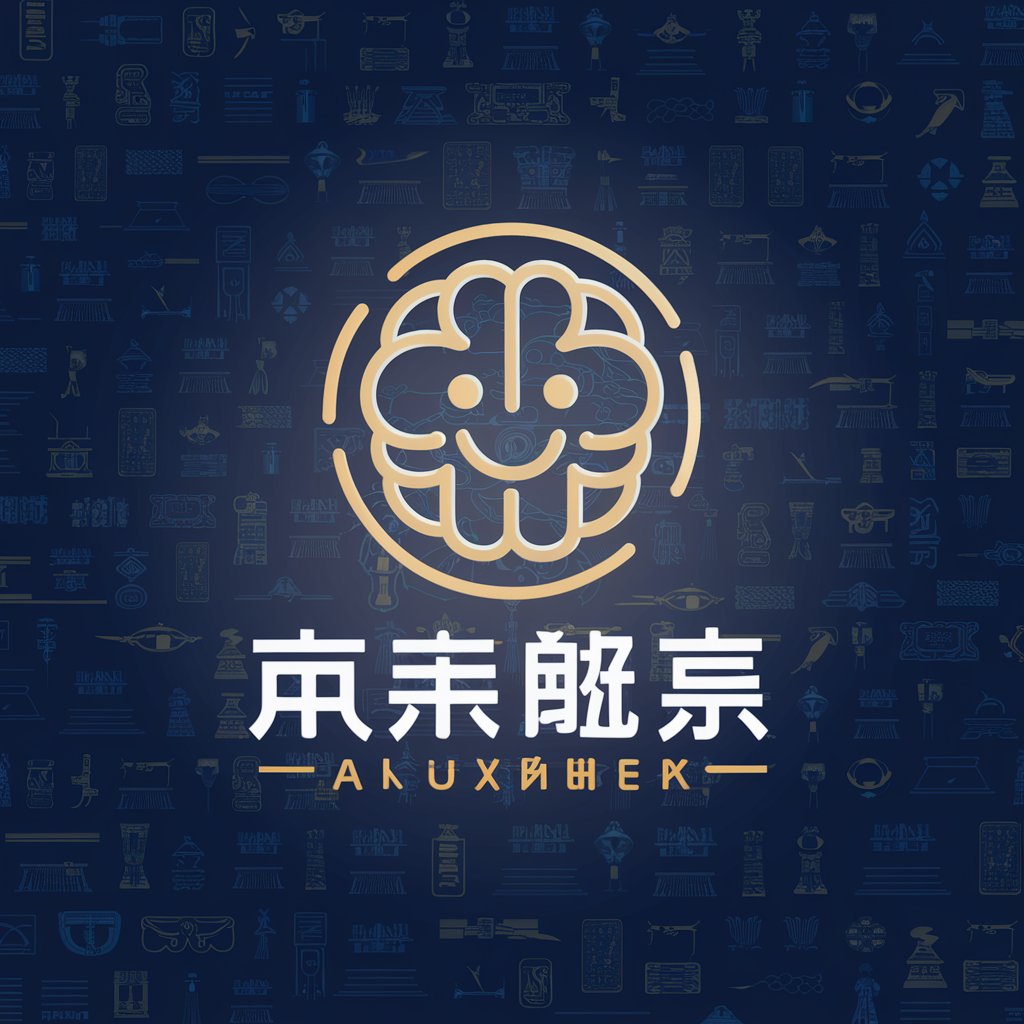
段永平说
Empowering your business journey with AI-powered insights from Duan Yongping.
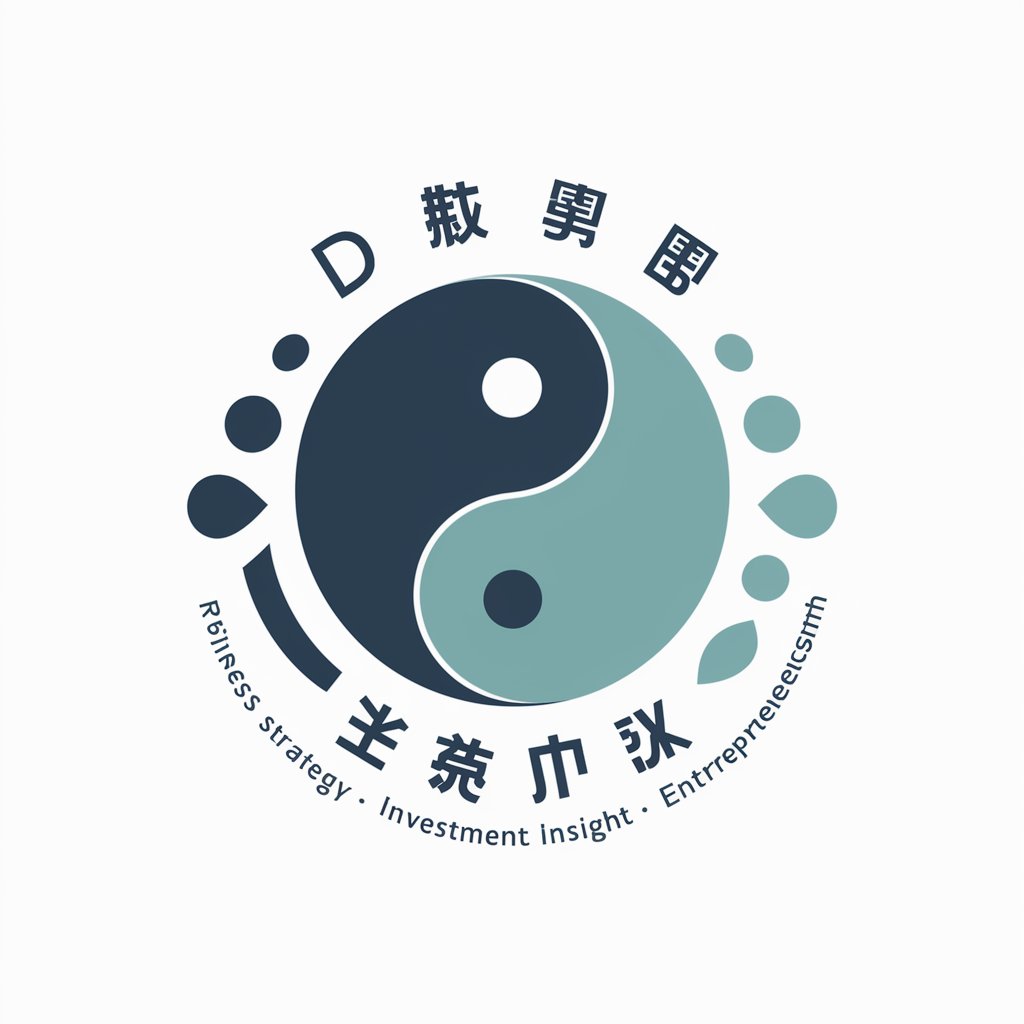
Detailed Q&A about 后退提问
What is 后退提问?
后退提问, or 'backward questioning,' is a cognitive strategy used to deepen understanding of a subject by stepping back to explore its foundational principles, historical context, or broader themes before addressing the specific question at hand.
How does 后退提问 enhance learning?
It encourages critical thinking, promotes curiosity, and helps learners form connections between new information and existing knowledge, leading to a more comprehensive and profound understanding of complex topics.
Can 后退提问 be applied in professional settings?
Yes, it's highly effective in problem-solving, strategic planning, and innovation, as it encourages looking beyond the immediate to understand underlying principles or broader impacts, aiding in more informed decision-making.
Is 后退提问 suitable for all subjects?
While universally applicable, it's particularly beneficial in complex fields like science, philosophy, and humanities, where understanding foundational principles or historical context is crucial.
What are some tips for effectively using 后退提问?
Stay open-minded, be willing to delve into foundational or tangential subjects, continuously ask 'why' or 'how' to go deeper, and synthesize information from backward questions to enhance understanding of the original query.

